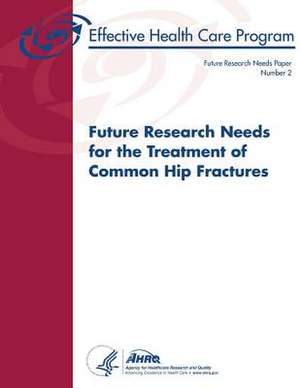Future Research Needs for the Treatment of Common Hip Fractures
Autor U. S. Department of Heal Human Services, Agency for Healthcare Resea And Qualityen Limba Engleză Paperback
Preț: 90.52 lei
Preț vechi: 95.29 lei
-5% Nou
Puncte Express: 136
Preț estimativ în valută:
17.32€ • 18.81$ • 14.55£
17.32€ • 18.81$ • 14.55£
Carte disponibilă
Livrare economică 01-15 aprilie
Preluare comenzi: 021 569.72.76
Specificații
ISBN-13: 9781489501752
ISBN-10: 1489501754
Pagini: 50
Dimensiuni: 216 x 280 x 3 mm
Greutate: 0.14 kg
Editura: CREATESPACE
ISBN-10: 1489501754
Pagini: 50
Dimensiuni: 216 x 280 x 3 mm
Greutate: 0.14 kg
Editura: CREATESPACE
